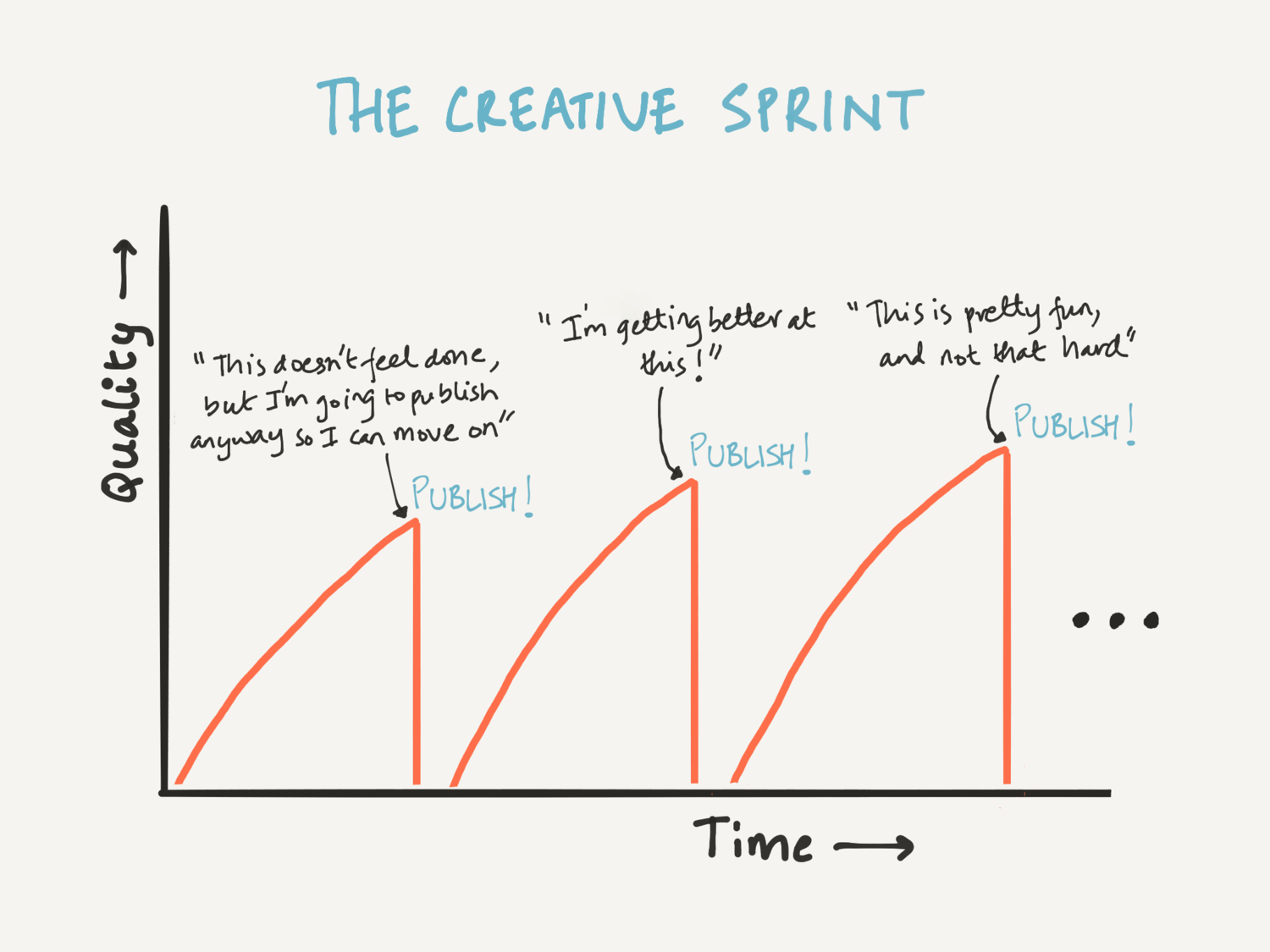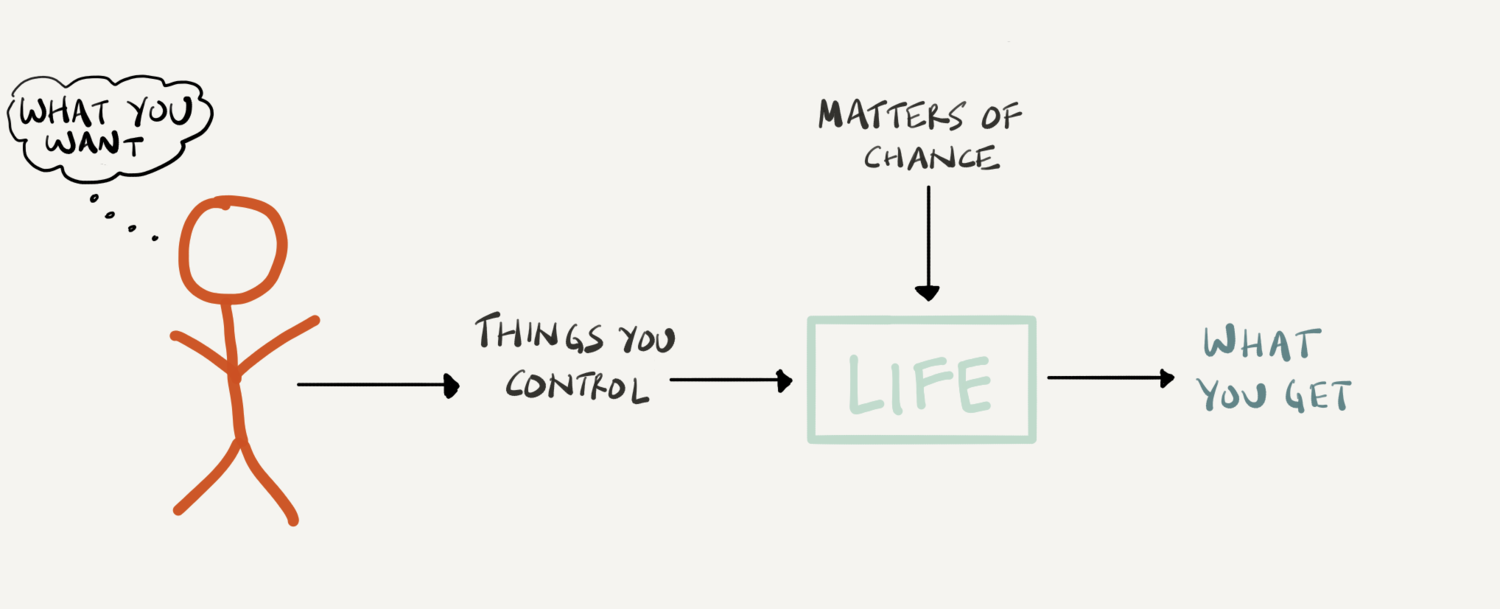Why I took a sabbatical and why you should consider one
In March, after 3.5 years working at Square and DoorDash - two incredible companies that I remain excited about - I left to take a creative sabbatical.
I’ve spent the last few months surfing in Malibu and Mexico, reading, writing, meditating, taking cohort-based courses, diving into the world of cryptofinance and Web 3.0, and building some things I wish existed. I’ve never been happier.
As an Indian immigrant from a middle-class family, I consider it a privilege to be able to do this, not least because of how long it takes Indians in the US to get a green card and be able to be unemployed. I fully recognize not everyone can afford to take a sabbatical - whether you have kids to feed or a mortgage to pay. But if you can and you're on the fence about it, I'd like to make a case in favor of one. And if you can’t take a full-fledged sabbatical, you can get creative with micro-sabbaticals.
A creative sabbatical is time taken off from full-time work to focus on learning, following your curiosities, cultivating your interests, running tiny experiments, or some combination of the above.
The world is changing faster than it ever has before. The model of work that emerged from the Industrial Revolution and which resulted in most people trained for a factory-worker mindset is no longer relevant. The knowledge work revolution is firmly afoot.
This revolution necessitates us to think of work and our careers fundamentally differently. Instead of the traditional “learn for 25 years, work for 40, retire for 25 lifeplan”, we need to take intentional breaks every few years to recharge, learn, and re-orient ourselves.
Don’t take it from me. In his 2009 TED Talk designer Stefan Seigmaster describes how he shuts down his New York studio once every seven years for a yearlong sabbatical. For him, the year off is not only personally fulfilling but also leads to more professional and financial success in the long run. Everything he designed in the seven years following the first sabbatical originated in that one year.
Though we’re not all designers, modern work looks less like the factory floor of the 20th century and more like what goes on in Seigmaster’s studio.
Modern knowledge work resembles academia and the arts
If work in the 20th century was about process optimization and efficiency, work in the 21st century is about creativity, innovation and knowledge creation.
Knowledge workers are those whose work revolves around thinking and non-routine problem solving, like engineers, programmers, physicians, architects, scientists and lawyers. Knowledge work involves consuming and producing large amounts of information, creating things that have never existed before and solving problems that have never been solved before.
The idea of a sabbatical is not new - in academia professors take a year off every 7 years. It’s time we normalized this idea amongst knowledge workers, because knowledge work increasingly resembles academia and the arts.
In addition, new industries and skillsets are created every decade. Skills that were relevant 10 years ago may not be relevant today. A knowledge worker needs to be able to learn and adapt to a fast-changing world.
I love baby boomers who say "kids don't even know how to write cursive" in a negative way like ok grandma you can't even turn your laptop on without getting 6 viruses and wiring half your retirement money to a Nigerian Prince
— Zach Wallen (@Zach_Wallen) March 13, 2018
Just like academics and artists have to constantly reinvent themselves to stay relevant, so too do modern knowledge workers. Otherwise we’ll be stuck writing cursive while the world has moved on to memes and emojis.
Picking the right thing to work on is more important than working hard
Sam Altman described the impact of your work as a vector determined by two things: the direction or what you work on, and the magnitude or how hard you work on it.
Direction is what you choose to work on. Almost no one spends enough time thinking about this. A useful framework for this is to think on a long-but-not-too-long timescale (10-20 years seems to work),
— Sam Altman (@sama) August 24, 2020
Not all directions are equal. You could push really hard in one direction and get nowhere, or push gently in another and see real, tangible results. If you're lazy like me, you want to work smart rather than hard. If you have the same amount of force in your push - and we all have 24 hours in our day - picking the right direction becomes crucial.
We're living in the age of infinite leverage where nonlinear outputs can result from linear inputs. Never before in history have unicorns (private companies worth more than $1B) been created within 2 years. Why did these companies get so big so fast? Because they identified directions of high leverage and pushed really hard.
In addition, there are massive advantages to being early in any given direction - both for companies and individuals. As a company it's easier to develop market dominance. As an individual it's easier to become an expert.
Picking a better direction and being early requires getting your head up from the direction you’re running in and taking time to explore and learn. Whether that results in switching jobs within your industry, switching careers completely, or even starting something from scratch, a creative sabbatical can help.
But it’s not only about picking a better direction, it’s also about connecting with your “why”.
Connecting with your Why
Before I left my job, I told everyone around me I’d spend the first few weeks of my sabbatical doing nothing. Bertrand Russell amongst other great thinkers have extolled the virtues of idleness. But being conditioned by the frenetic pace of startup life, I knew being intentionally idle for even a few weeks would be challenging. I was right.
At first, I just couldn’t do it. I threw myself into figuring out “what’s next” like it was a math problem to be solved. In a desperate quest to be productive, I made my hobbies and interests feel like work to the point that I didn’t enjoy doing them anymore.
Slowly, I became aware of the subtle anxiety and subconscious beliefs that were driving me - the guilt I felt from taking too much leisure time and the deeply embedded belief that I needed to be constantly producing something to be a valuable member of society.
I recognized the degree to which my self-worth as a human was tied to my work. For years this affected my relationship with work and caused me to work from a place of fear, insecurity, and scarcity. With this mindset, it was no wonder I felt trapped on the success treadmill.
Taking time off has allowed me to shift my relationship with work. What I create next will come from safety rather than fear, curiosity rather than insecurity, and abundance rather than scarcity.
It will come from a better understanding of my “why”, or my purpose. When you work from a deep understanding of your why, short-term successes and failures don’t mean as much. You’re no longer playing to win a finite game, you’re playing an infinite game where there is no such thing as winning or losing.
A sabbatical, no matter how short or long, can help you better understand your why. Since your why will evolve as you grow and evolve, periodically re-evaluating your why will help you maintain a healthier relationship with work leading to a more satisfying career.
So there you have it. A creative sabbatical can help you:
- Learn and reinvent yourself in a fast-changing world
- Pick the right thing to work on
- Connect with your why
Four months in, my sabbatical has already helped me be happier, healthier, and less anxious. I’m more connected to my intuition. I have a better understanding of what motivates me and what I’m genuinely interested in. And I’m rediscovering my capacity for child-like fascination for no reason other than curiosity and pleasure.
Join the mailing list
Subscribe to receive my latest writing in your inbox. No spam, ever.



